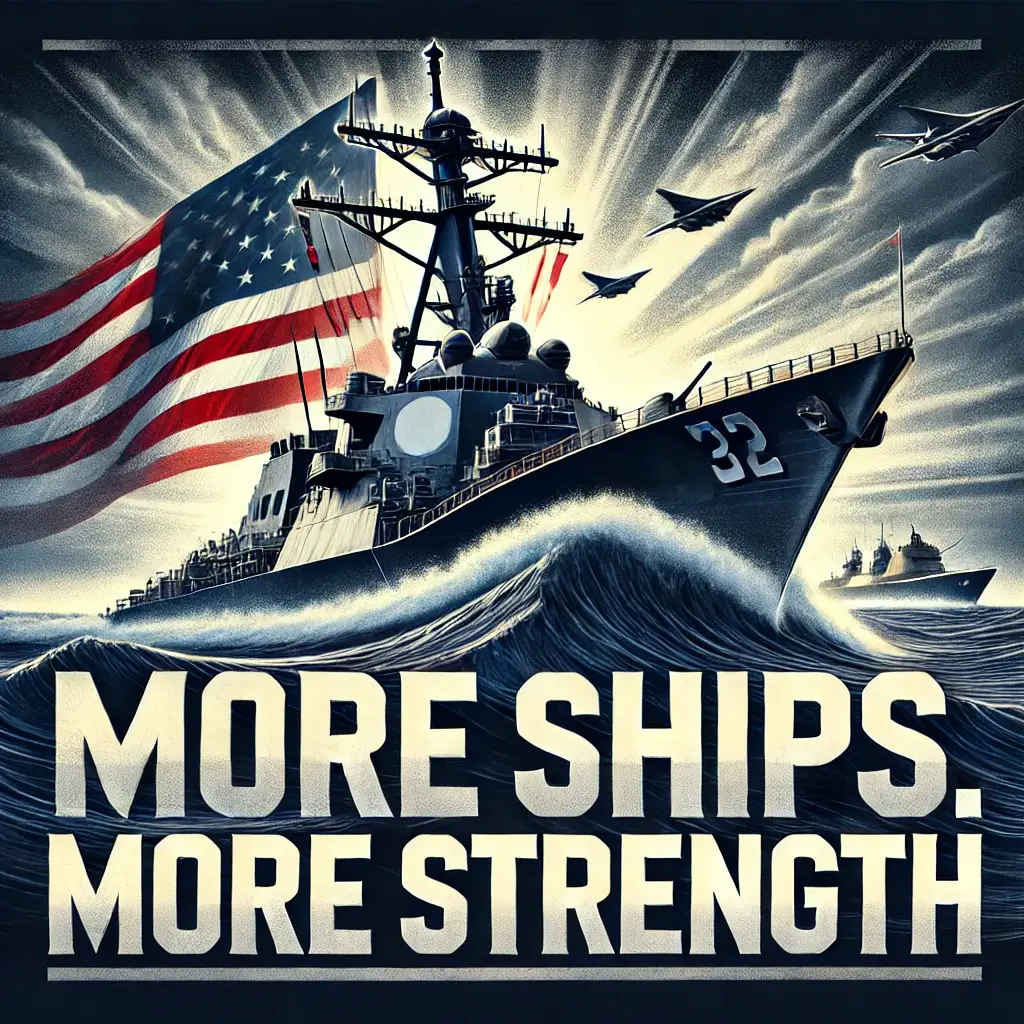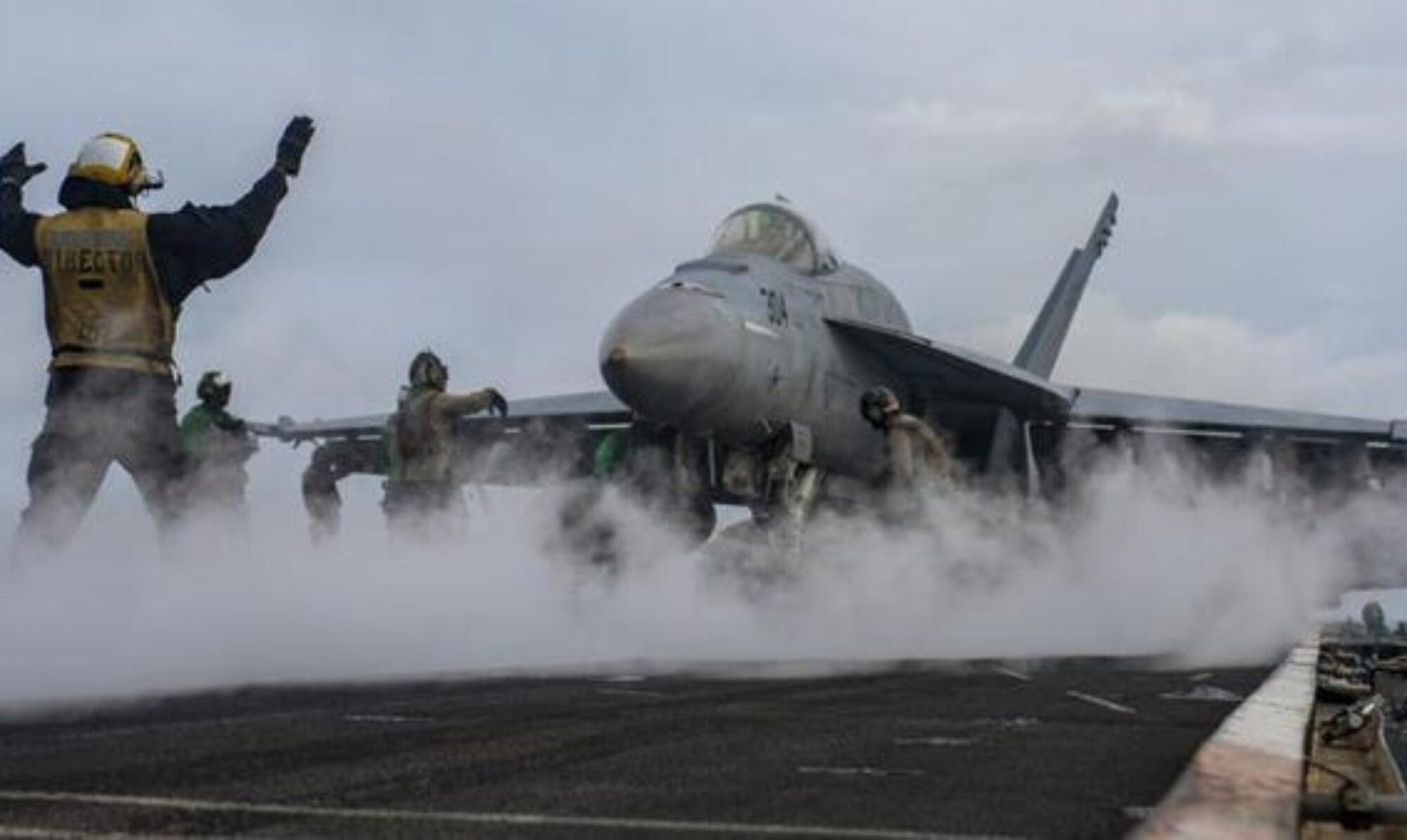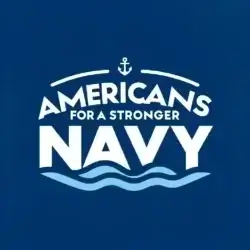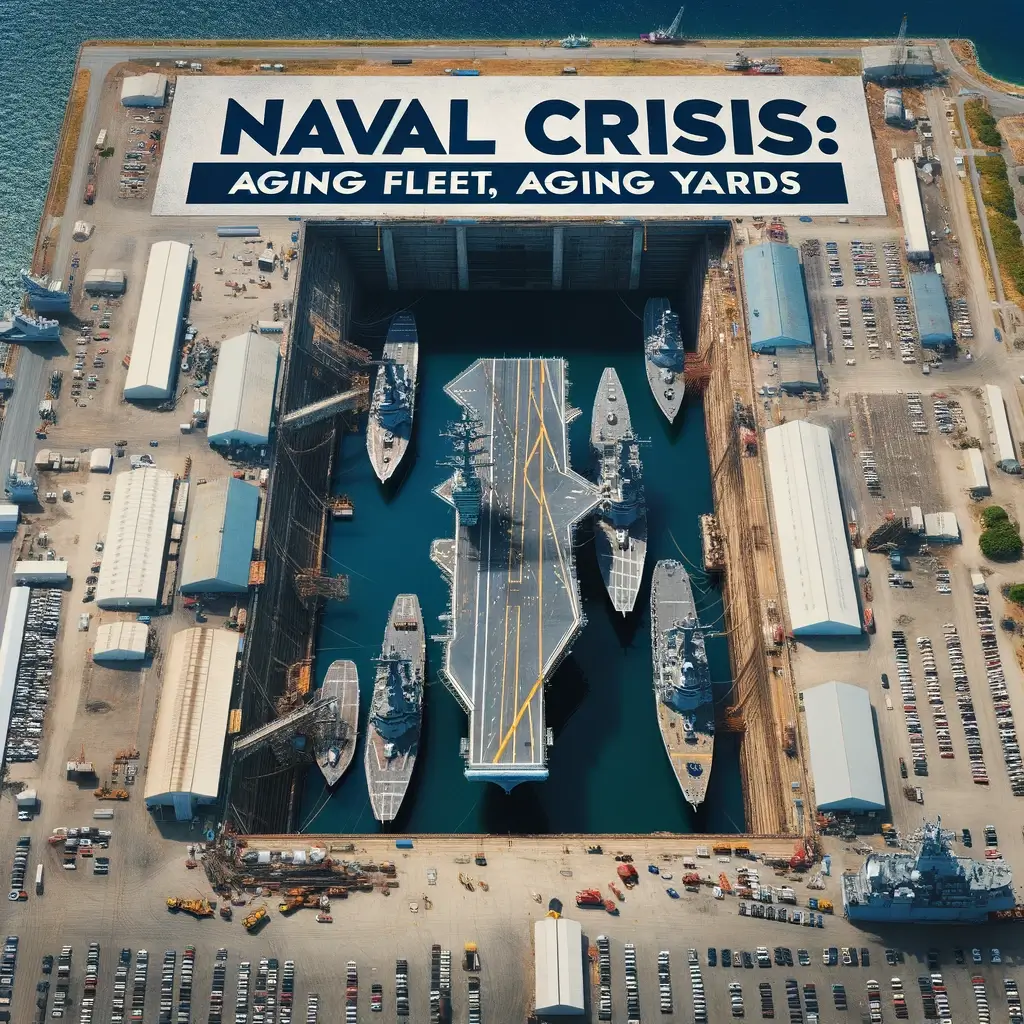
Dear Fellow Americans,
We stand at a crossroads in our nation’s history—one that will determine the future of our Navy, our national security, and the very strength of our industrial base. The question before us is clear: Should we rebuild our naval shipbuilding capabilities here at home, seek foreign assistance, or attempt a hybrid approach?
This is not just a debate about policy. It’s a decision that affects every American—from those who serve at sea to the workers who build our ships, to the families and businesses that rely on safe and open trade routes secured by the U.S. Navy.
A Crisis Decades in the Making
The United States Navy, once unrivaled, now finds itself struggling to maintain a fleet large enough to meet global threats. At the same time, our domestic shipbuilding industry has shrunk to a fraction of its former strength.
- Fewer Shipyards: During World War II, the U.S. built a ship a day. Now, we are lucky to produce a handful of warships per year due to limited shipyard capacity.
- Aging Repair Facilities: The few remaining naval repair yards are overburdened and outdated, leading to costly maintenance delays.
- Worker Shortages: The skilled workforce needed to build and maintain ships has dwindled, leaving shipyards struggling to meet demand.
- Rising Threats: China now produces more naval tonnage every year than the U.S. does in a decade. Russia and other adversaries are also modernizing their fleets.
The urgency is real. The Navy’s shipbuilding plan is behind schedule, over budget, and falling short of strategic needs. Simply put, we need more ships, more shipyards, and more skilled workers to build and sustain them.
The Debate: Build Here, Look Abroad, or Both?
President-elect Donald Trump recently suggested leaning on allies to help build U.S. Navy ships. His words have sparked a debate with far-reaching consequences.
There are three paths forward:
1. Fully Rebuild U.S. Shipbuilding Capacity (America First Approach)
- Invest in more shipyards and repair facilities to increase production.
- Expand apprenticeship and workforce training programs to address skilled labor shortages.
- Modernize naval infrastructure to improve efficiency and speed of delivery.
✅ Pros: Strengthens U.S. industry, creates jobs, ensures security.
❌ Cons: Takes time, requires significant investment.
2. Use Allied Shipyards for Basic Infrastructure (Hybrid Approach)
- Partner with allies (e.g., Japan, South Korea, Italy) to build less complex vessels while reserving warship production for U.S. yards.
- Temporarily relieve the burden on U.S. shipyards while domestic capacity is rebuilt.
✅ Pros: Speeds up production, allows time for U.S. shipbuilding expansion.
❌ Cons: Security risks, reliance on foreign suppliers, potential job losses.
3. Fully Outsource Basic Infrastructure (Foreign Assistance Approach)
- Contract allied nations to build support ships and basic naval infrastructure abroad.
- Focus U.S. shipyards solely on high-end warship production.
✅ Pros: Short-term boost in fleet numbers, cost savings.
❌ Cons: Weakens U.S. shipbuilding industry, risks foreign dependency.
What’s at Stake?
No matter which path we take, one fact remains: The U.S. Navy needs more ships—and we need them faster. The growing threats on the world stage do not wait for political debates or bureaucratic delays.
America must decide:
- Do we commit to fully restoring our shipbuilding industry, investing in shipyards, repair facilities, and workforce training?
- Do we pursue a temporary partnership with allies to fill immediate gaps?
- Do we accept foreign-built support ships, potentially at the cost of domestic industry?
This is not just a decision for policymakers—it is a choice for every American. The strength of our Navy is the strength of our nation.
A Call to Action
We need a national shipbuilding strategy that prioritizes American security, economic resilience, and industrial strength.
- Expand our domestic shipbuilding capacity.
- Modernize and build more repair facilities.
- Train and recruit more American workers to sustain naval readiness.
- Ensure the Navy has the fleet it needs to protect global commerce and national security.
History shows us that when America builds, America wins. The decision before us will shape the Navy for generations to come. Let’s make sure it’s a future built on strength.
Americans for a Stronger Navy
StrongerNavy.org. Join the discussion on X.com/strongernavy



